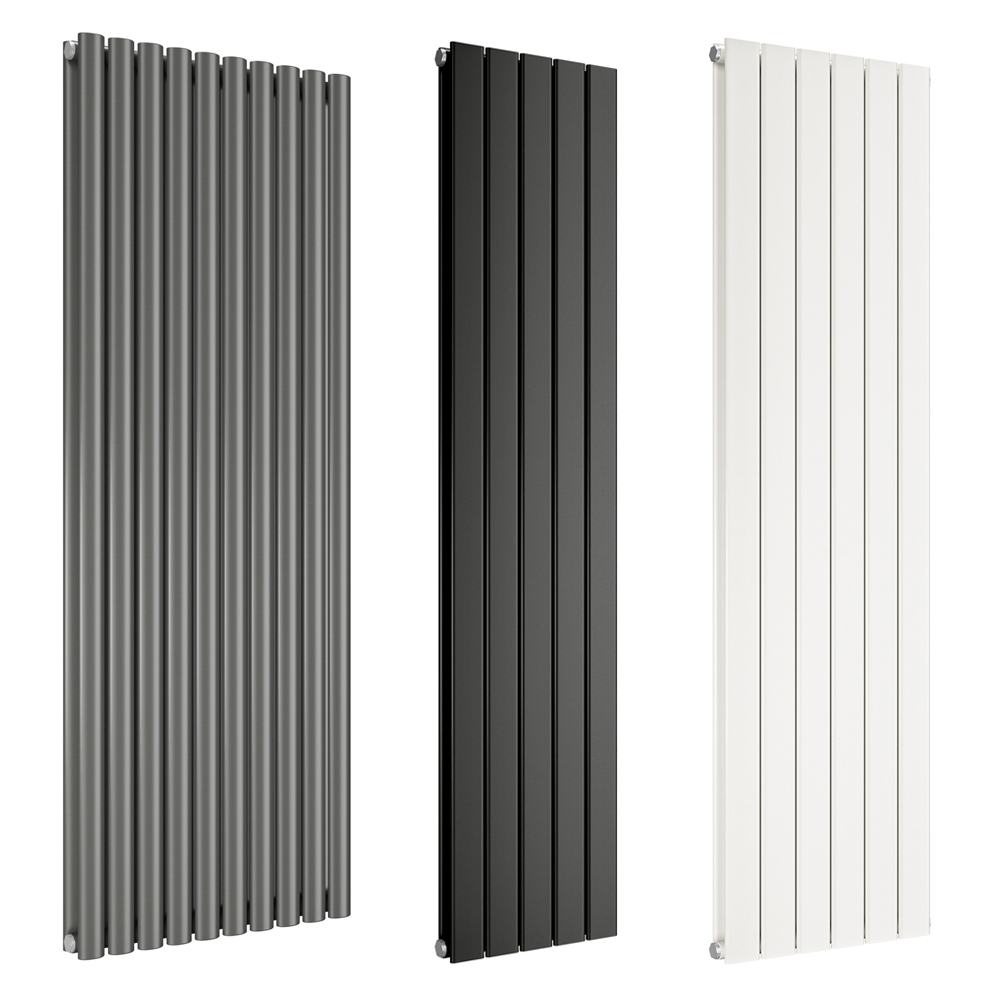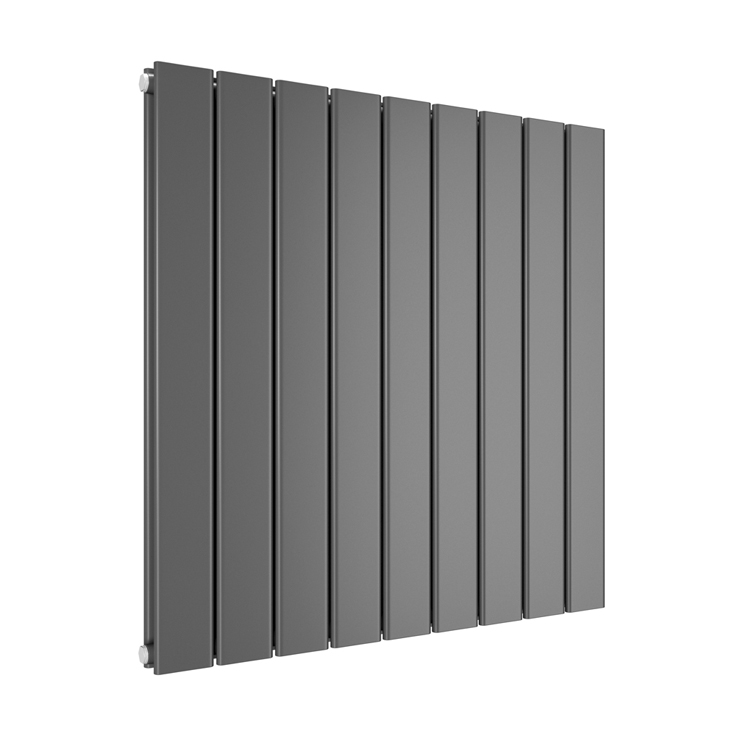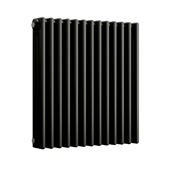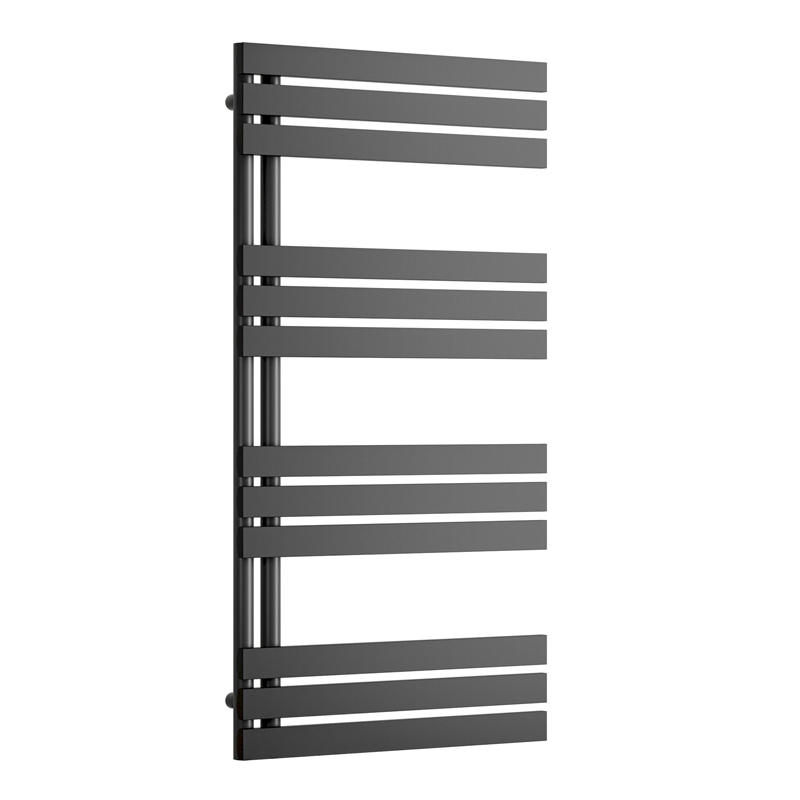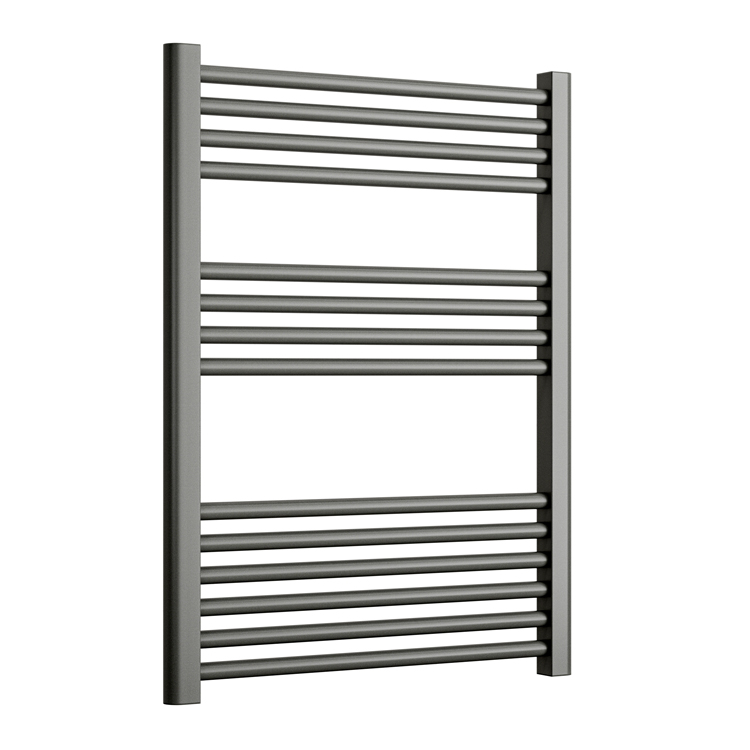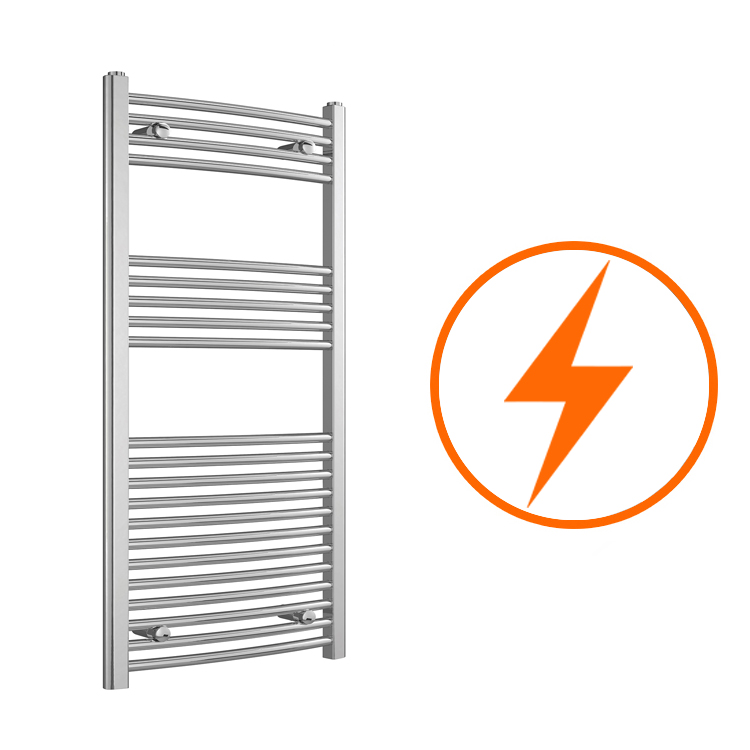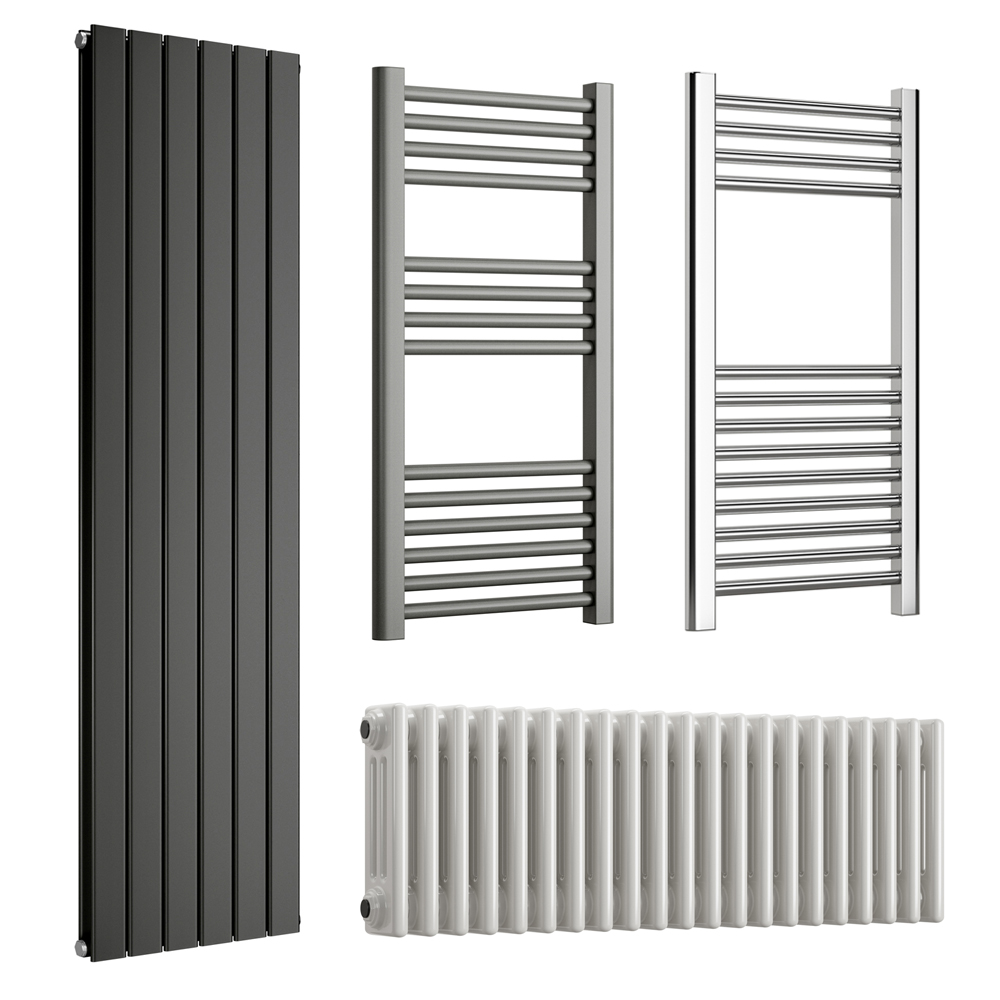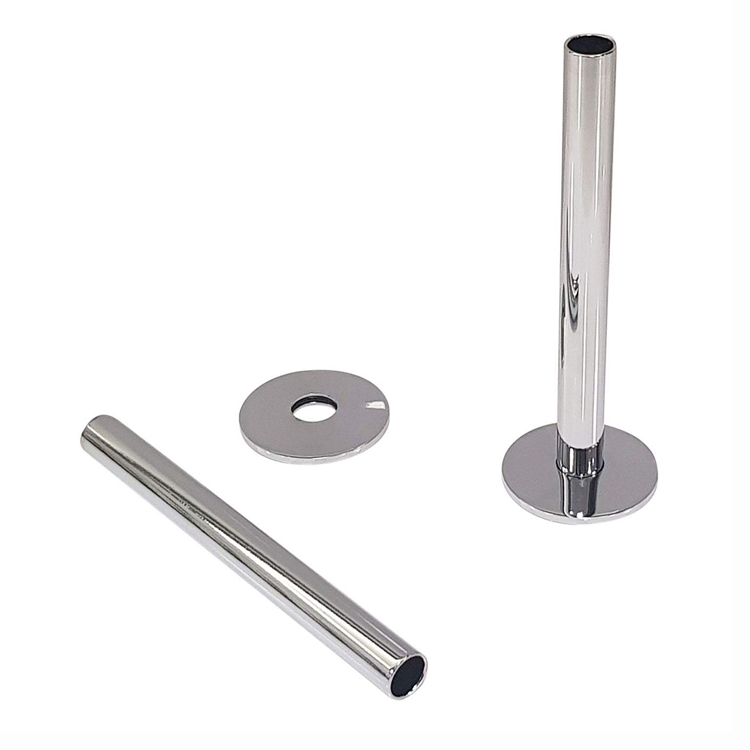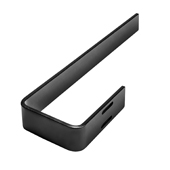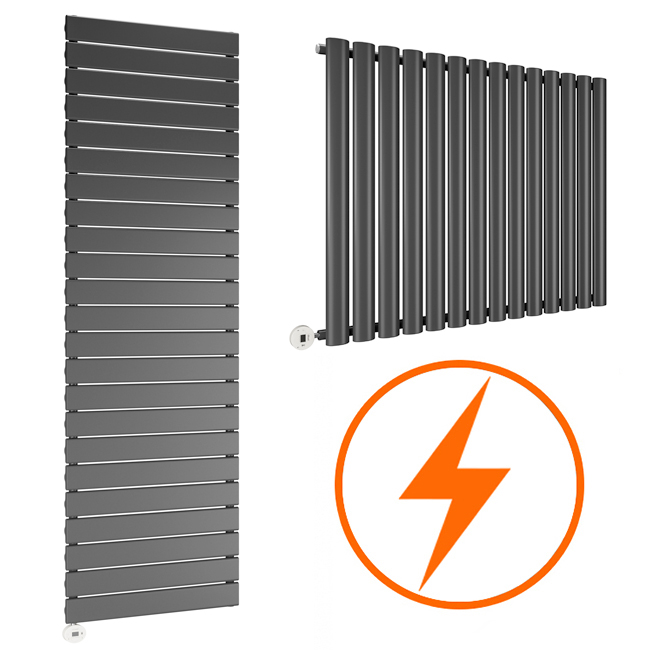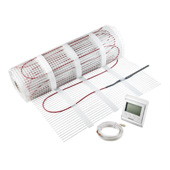Summertime is the perfect opportunity to complete any heating system maintenance.
Radiator Outlet’s Guide to bleeding a radiator

Summertime is the perfect opportunity to complete any heating system maintenance.
Two top priorities at this time of the year should be:
- Your annual boiler service
- Checking your radiators for cold spots and bleeding if required
How to know if your radiators need bleeding or not?
Checking whether your radiator needs bleeding or not is a very simple and straightforward job.
Simply turn on your heating, wait whilst the system heats up and then check each radiator in your home for any cold spots.
Cold spots are caused when air gets trapped in the system causing the radiators to heat unevenly.
Any radiators that are noticeably cooler at the top or are making a gurgling sound require your attention.
Radiator Outlet’s Guide to bleeding your radiator
- Before starting, switch off the heating and allow the radiators to cool fully. This is essential to prevent scolding from any water that may leave the radiator during the bleeding process.
- Prepare the area.
Use an old towel/cloth to catch any drips. It is a good idea to place one towel/cloth on the floor and another between the radiator and the wall for protection.
It is also important to check any water that leaves your radiator for signs of discolouration. If the water is anything but clear, this indicates a build-up of sludge in your system.
If your home has two floors, it is advisable to start bleeding the downstairs radiators first, starting with the radiator furthest away from the boiler. Once the downstairs radiators are complete, follow the same method for upstairs.

- Next, look for the valve located at the top end of your Radiator Outlet radiator.
- Turn anti-clockwise. Do this slowly, a quarter turn should be sufficient.
You will hear a hissing sound when the trapped air is being released. As soon as the hissing stops and any liquid starts to emerge, close the valve quickly.
This completes the bleeding process.
- Once completed, check the pressure gauge of your boiler. When cold, this should be sitting at between 1.5-2 bar. Any less and you will need to increase the pressure level. If you are unsure on how to re-pressurise your boiler you can refer to your boiler handbook or alternatively, ask a professional.
When you turn your heating back on, your radiator should be warm all over.
If cold spots are still present after bleeding your radiators, particularly at the bottom, it could mean that your system needs flushing. This is a job for a qualified plumber and shouldn’t be put off.
Check any water that left your radiators during the bleeding process for signs of discolouration to confirm.
Slightly brown water = You have sludge build up in your system
Very dark water = Your system needs to be flushed as soon as possible
Sludge – Over time rust and dirt a.k.a sludge, will accumulate in your radiators and pipes. This can block the flow of your central heating, causing your heating system to work harder and consequently your heating bill to increase. If sludge build up is left unchecked, it runs the risk of damage to the entire system.
Other signs that your system may need to be flushed
- Your radiators take a long time to heat up
- You are bleeding your radiators regularly due to cold spots
- A noisy boiler
Radiator Outlet recommends checking your radiators at least once a year for cold spots.
Do this during the warmer months to ensure minimal disruption. Should further maintenance be required, a prompt appointment with a heating professional is much more likely than if required during the winter months.

Don’t forget to book in your annual boiler service too. An annual service is often a condition of your boiler warranty so shouldn’t be overlooked.Booking a summer service often results in savings, so don’t delay!
 Need Radiators FAST?
Need Radiators FAST? 



